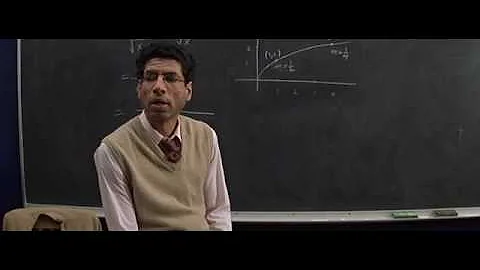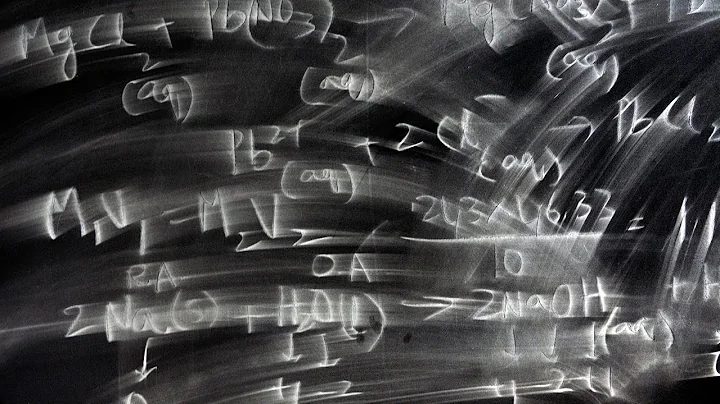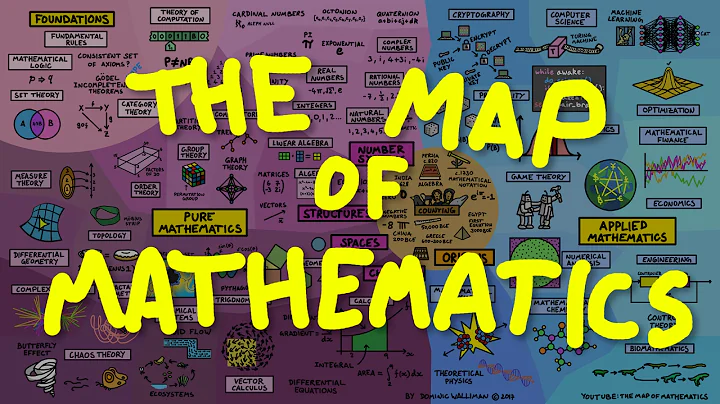Interesting mathematics above the point can be paid attention to
takes you into a different world of mathematics
"Picture Biography of Contemporary Mathematicians" is an unusual collection of 92 photographs. The protagonist is the most interesting person of our time. Some mathematicians impressed people. Acclaimed photographer Mariana Cook captures the energy and passion of these wise thinkers. Each mathematician is supplemented by a short self-described text paired with beautiful images. Together, the words and photographs provide a vivid portrait of a group of men and women dedicated to the fascinating pursuit of mathematics. This book conveys the beauty and joy of mathematics to readers both inside and outside the field. Whether for those who love math or those who think they are not good at math, these photos and their words are an inspiration and a perfect gift.
With the help of Lin Kailiang, the Chinese translator of the book, part of the book was serialized in Fun Mathematics, one article per week. I hope readers can experience the beauty and fun of mathematics from their stories. , and I hope you will fall in love with mathematics from now on. Manjul Bhargava
Manjul Bhargava

Algebra, Number Theory
Fields Medal
Professor of Mathematics, Princeton University
I have always loved mathematics. As a child I loved shapes and numbers. My earliest mathematical memory is from stacking oranges into a pyramid shape (just for the juicer!) when I was eight years old. I want to know how many oranges are needed to build a pyramid with n oranges on each side of the lowest level? I thought about it for a long time and finally determined that the answer is n(n+1)(+2)/6. It was a very fun and exciting time for me! I love that I can predict how many oranges are needed for a pyramid of any size.
There were two people who had the greatest influence on me when I was young: my grandfather, a famous scholar of Sanskrit and ancient Indian history; my mother, a mathematician who also had a strong interest in music and linguistics. As a result, I developed a keen interest in language and literature—especially Sanskrit poetry—and classical Indian music. I learned to play some instruments such as sitta, guitar, violin and piano. But my all time favorite is the percussion! My favorite is the tabla, I have been playing this double drum since childhood and now I play the tabla whenever I can.
I have always felt that music, poetry and mathematics are very similar. To a large extent this is true of all pure mathematicians. In middle schools, mathematics is generally classified as science. But for mathematicians, mathematics is as much an artistic creation as music, poetry, and painting. They all contain—and in fact require—a creative spark. They are all striving to express truths that ordinary language cannot express, and they are all striving to achieve perfection.
The connection between music or poetry and mathematics is not just an abstract one. When I was young, my grandfather told me that incredible mathematics had been discovered by some ancient scholars in India who considered themselves poets (or linguists) rather than mathematicians. Linguists like Panini, Pingala, Hamachandra and Narayana discovered some beautiful and profound mathematical concepts while studying poetry . The stories my grandfather told me about them were very inspiring.
As a mathematician and drummer, there is an example that fascinates me. The rhythm of Sanskrit poetry has two kinds of syllables - long syllables and short syllables. Long syllables take up two beats and short syllables take up only one beat. A natural question for an ancient poet is: How many kinds of rhymes can be constructed using long and short syllables that occupy exactly, say, eight beats? (For example, there could be a pattern like "long-long-long-long" or "short-short-short-long-long-short.")
The answer is in Pingala's classic Chandashaastra Given in , the work dates from around 500 B.C. Here is his beautiful answer. We construct a sequence of natural numbers as follows: first write 1 and 2, and then add the previous two numbers to get 1, 2, 3, 5, 8, 13, 21, 34, 55, 89 ,……. This results in a sequence.The nth number written is the total number of n-beat rhythms composed of long syllables and short syllables. Therefore, for a length of 8 beats, the answer is that there are 34 such rhythms.
These numbers are known as Ramagudra numbers, named after the eleventh-century linguist who first demonstrated how they are generated. In the West these numbers are also known as Fibonacci numbers, named after the Italian mathematician Leonardo Fabonacci, who discussed them in his writings in the 13th century. These numbers now play an important role in so many areas of mathematics! They also appear in botany and biology. For example, the number of petals on a daisy is always a certain Ramagudra number, and so is the number of spirals on a pine cone (for reasons already understood by mathematicians!).
This story inspired me when I was younger because it is a wonderful example of a simple concept growing into something so pervasive, so important, and so profound. In a sense, this is the kind of mathematics that still inspires me today, the kind of mathematics that I strive for when doing number theory research. I believe all mathematicians would agree that doing mathematics is about finding simple questions and ideas that lead to unexpected, unexplored areas and deep, beautiful, and lasting mathematics.
statement: The text of "Picture Biography of Contemporary Mathematicians" contained in this public account was provided by the Chinese translator of the book, Mr. Lin Kailiang of Northwest A&F University. The fun mathematics is compiled and released. The photos are from the personal homepage of the author Mariana Cook.
Serialized catalog
Click to view
Fun Mathematics
WeChat ID: mathfun
↑
Fun Mathematics takes mathematics learning as its theme, takes spreading mathematics culture as its mission, aims to stimulate learners' interest in learning mathematics, and shares useful mathematics knowledge , interesting mathematical stories, legendary mathematical figures, etc., showing you an interesting, fun, and colorful mathematical world.
↓








![The Beauty of Math - Zimmer [Motivational] - DayDayNews](https://i.ytimg.com/vi/S8uheIt9Iec/hq720.jpg?sqp=-oaymwEcCNAFEJQDSFXyq4qpAw4IARUAAIhCGAFwAcABBg==&rs=AOn4CLCCHEP1jYxIavshSjBKdpw42aPAHQ)












